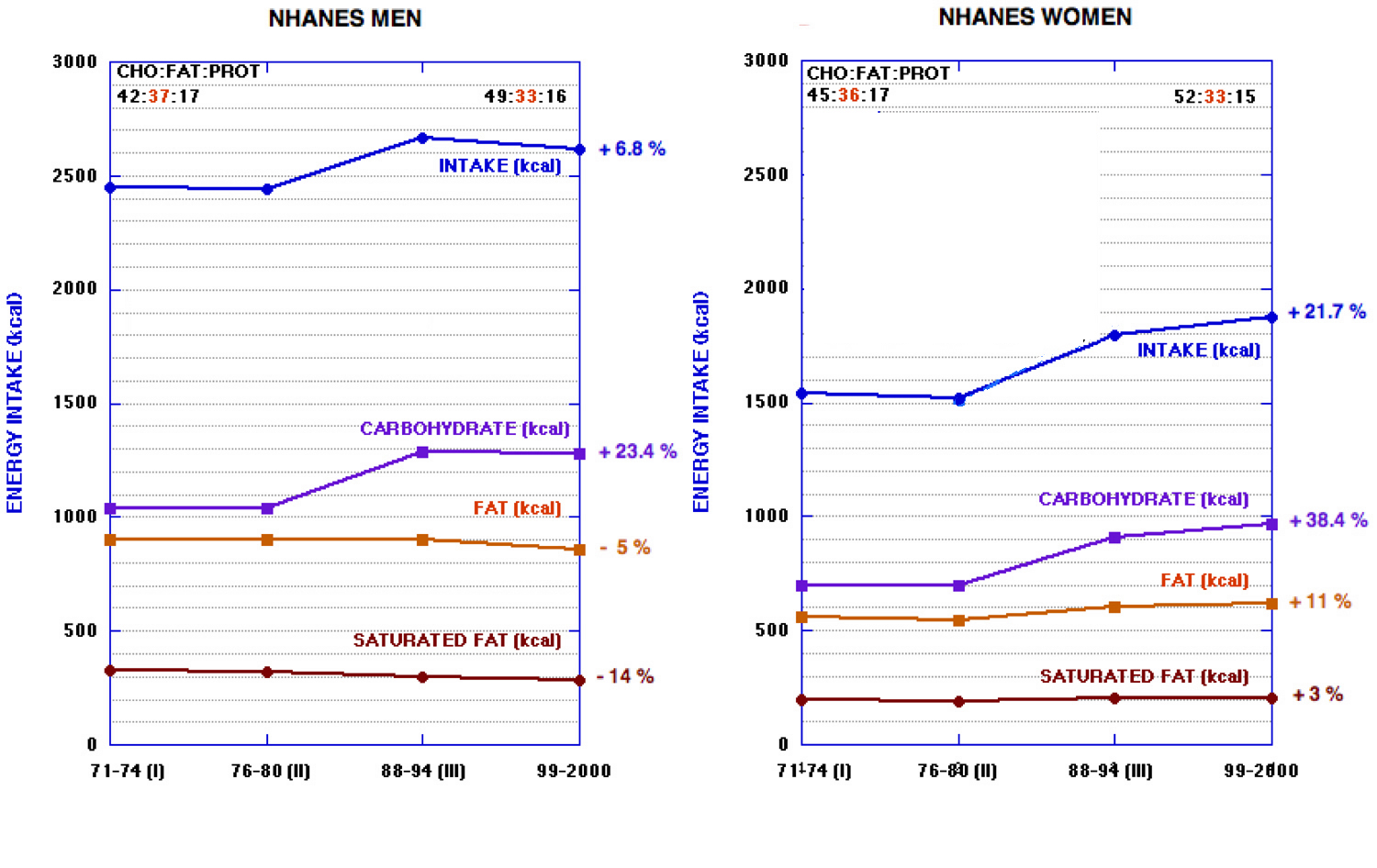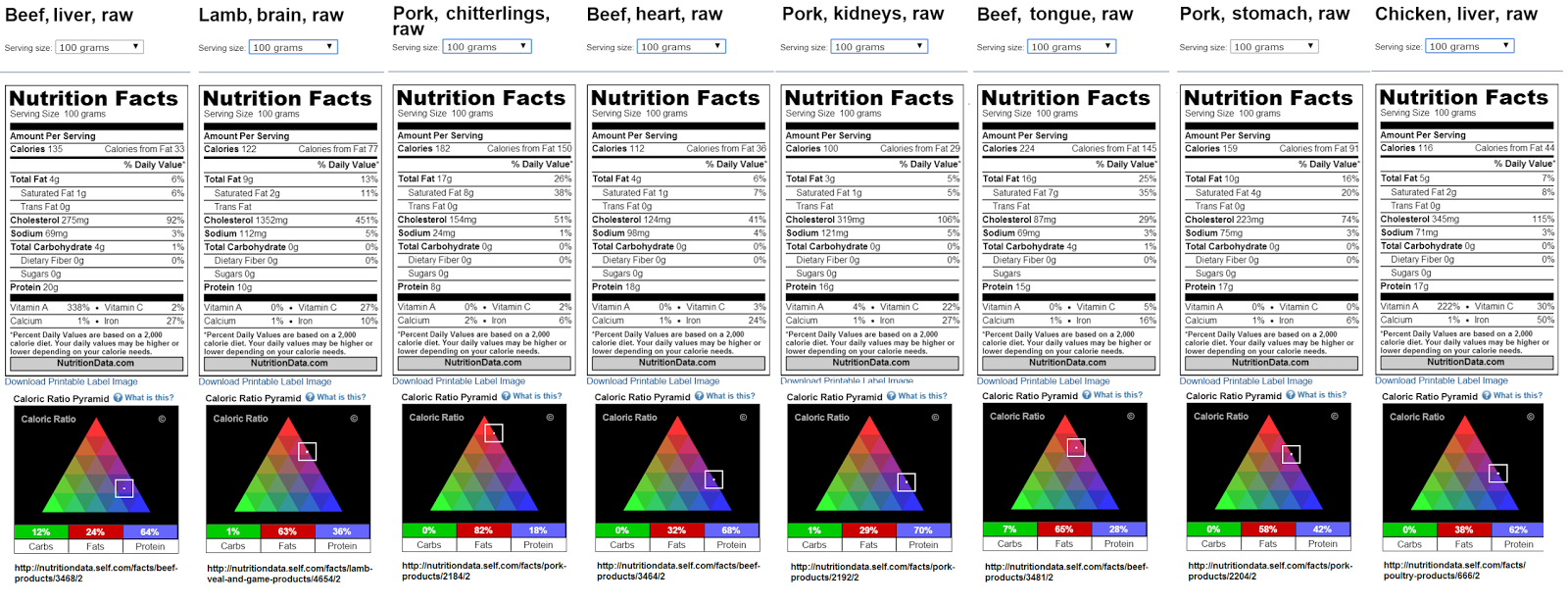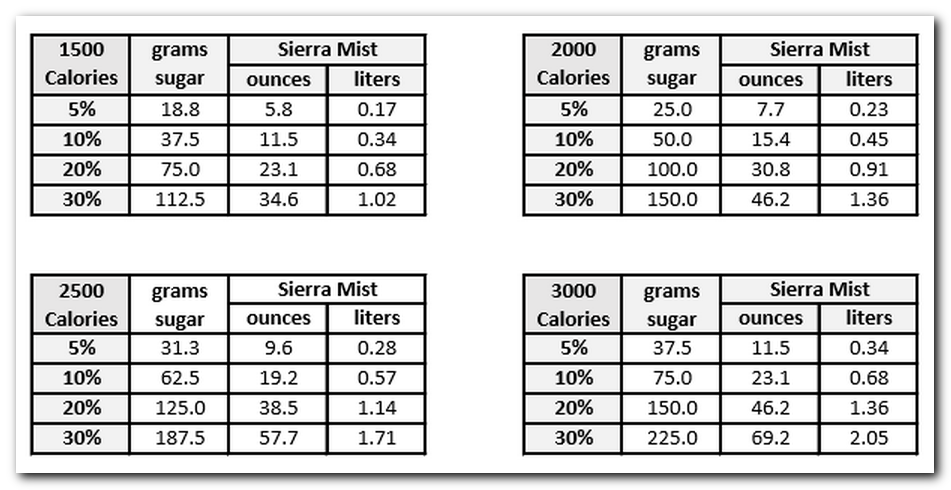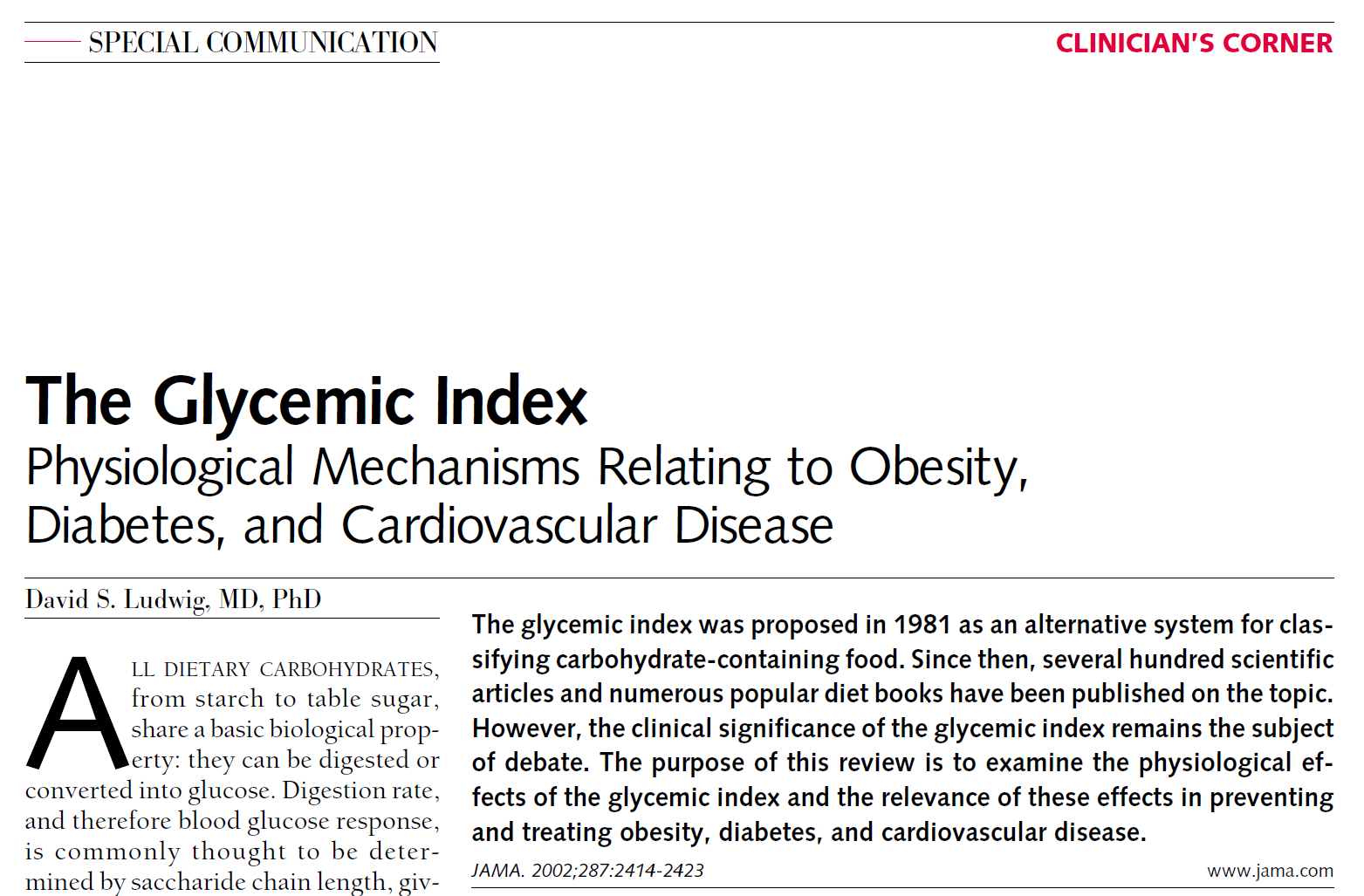No Big Surprise ... A Compendium of Errata Etc. from The Big Fat Surprise by Nina Teicholz

After reading the new book The Big Fat Surprise: Why Butter, Meat and Cheese Belong in a Healthy Diet by Nina ry T au eicholz more throroughly, I became rather frustrated. How does a book that contains so many glaring errors even make it into print? This book is being promoted as discussing how scientists got everything all wrong, one in particular. It discusses nutritional science and recommendations gone wrong. It firmly places the blame for obesity on advice to reduce dietary fat. In doing so, however, Teicholz commits far more egregious errors than any she would like you to believe have occurred. So I'll do a revolving post, adding them in here as the mood strikes, rather than clutter the blog with tons of posts. My hope is that this post doesn't end up to be of epic length, and that this book turns out to be a flash in the pan that fades quickly from memory. Each new entry will bump the post and be at the top with previous entries to follow, most recent fi









